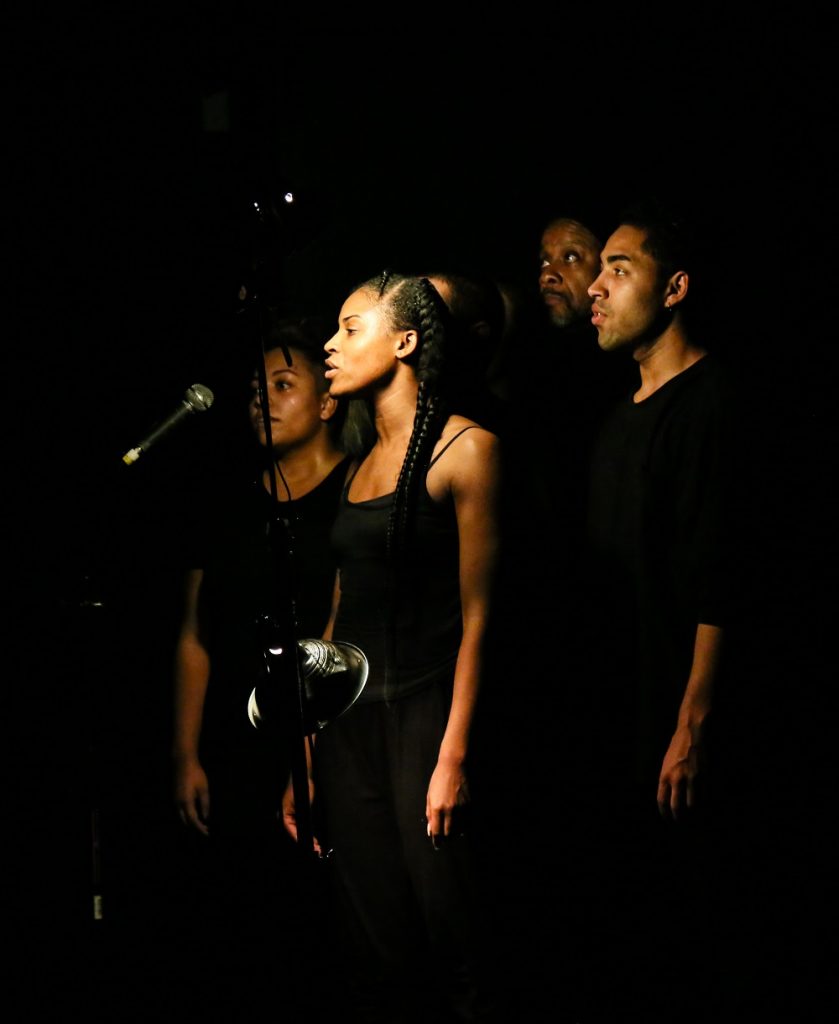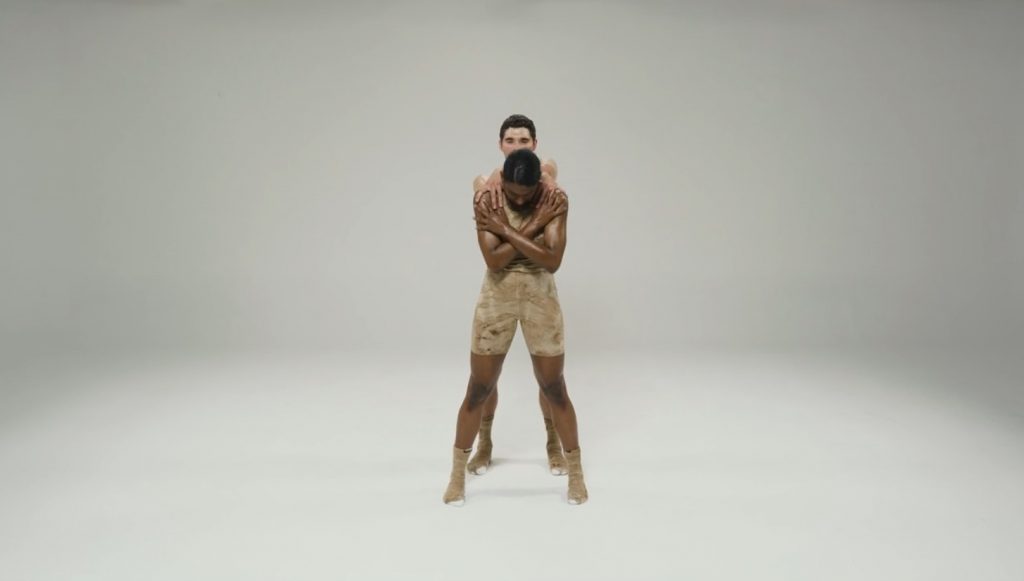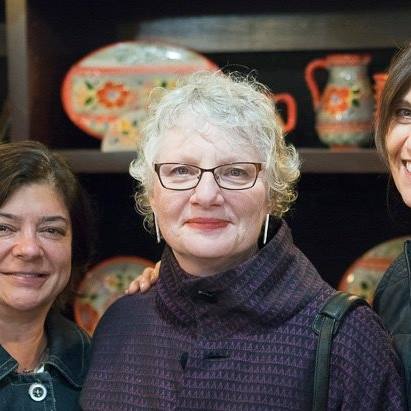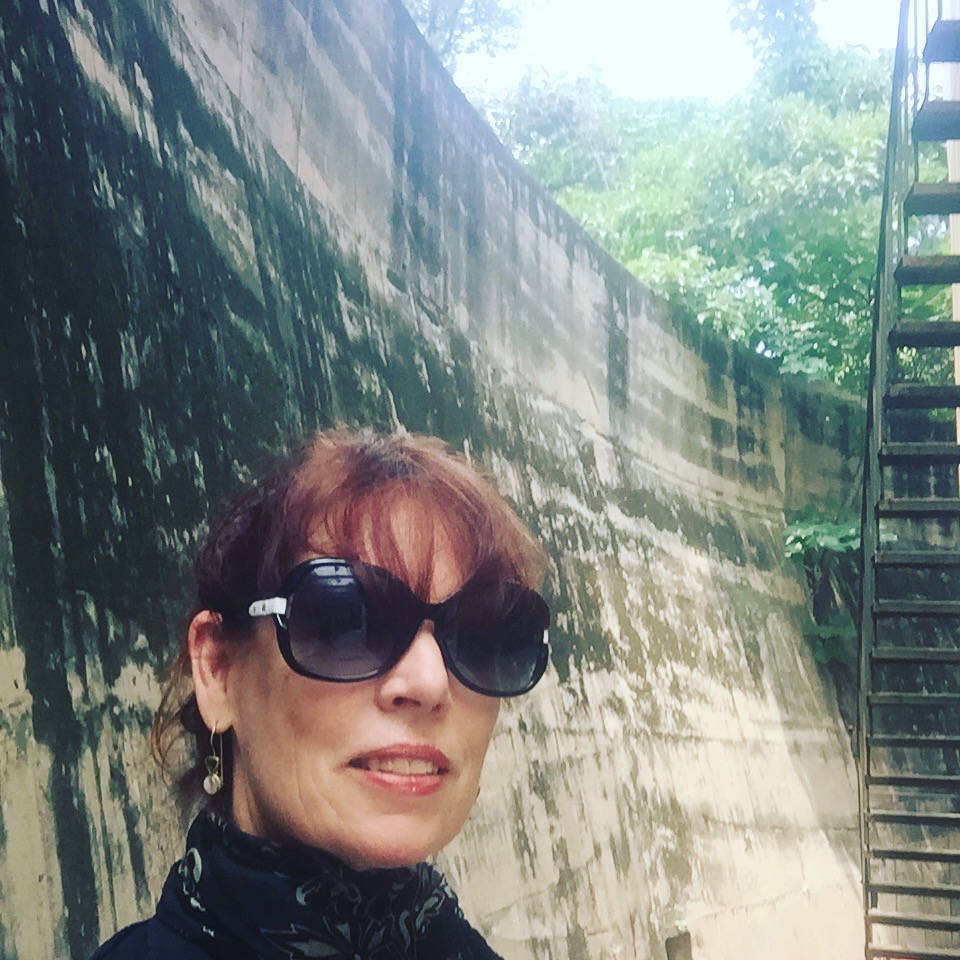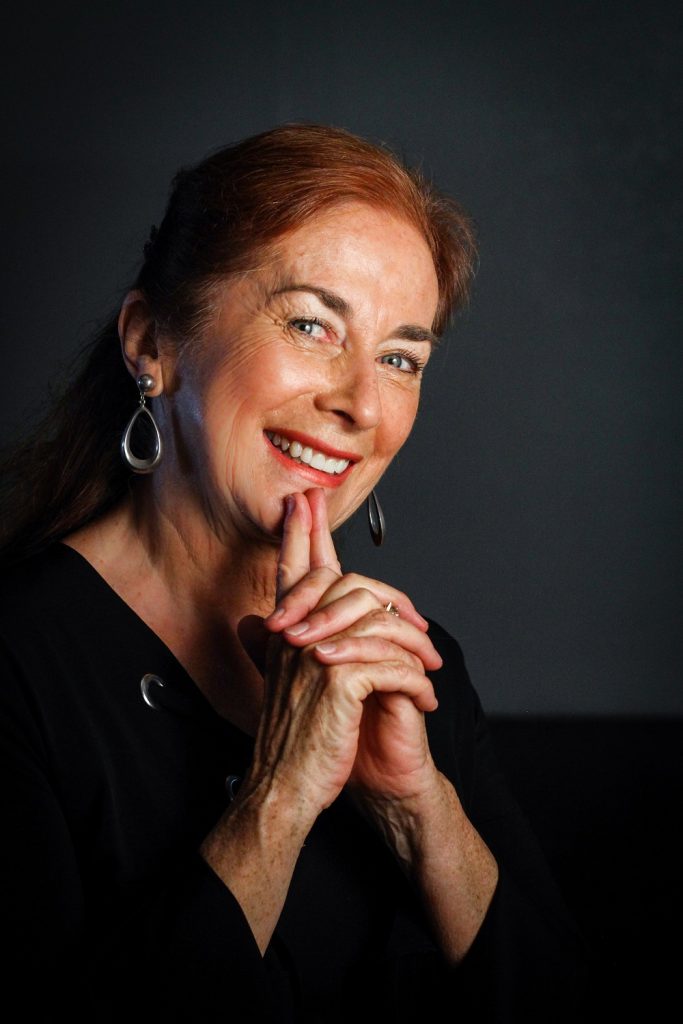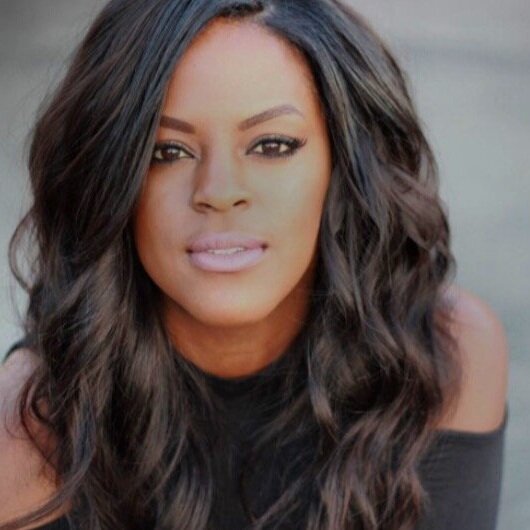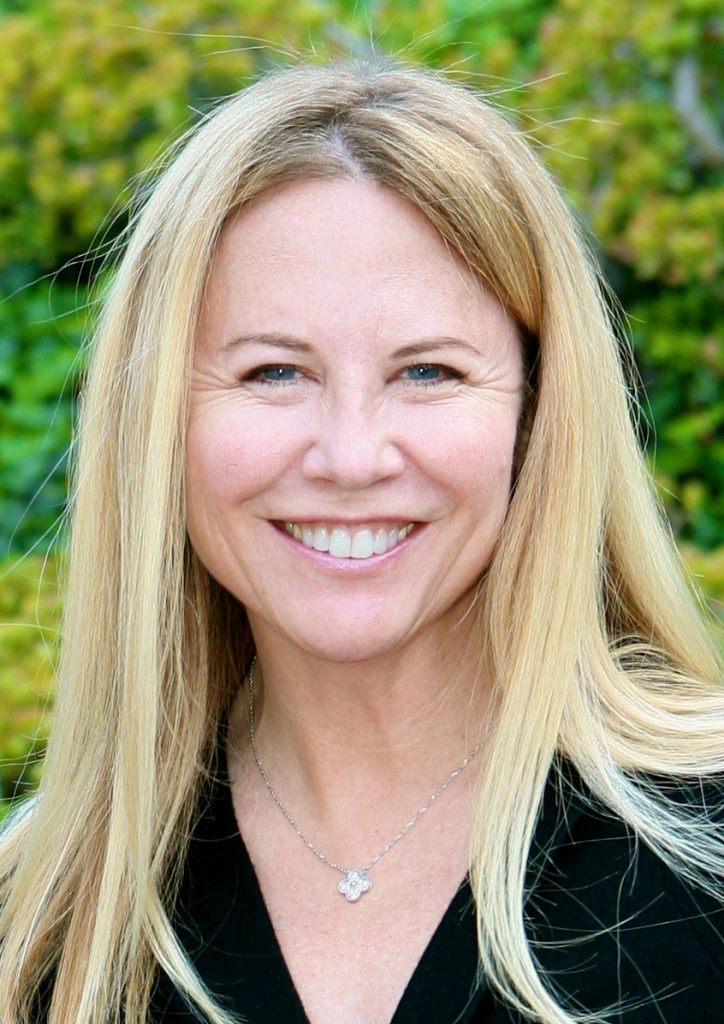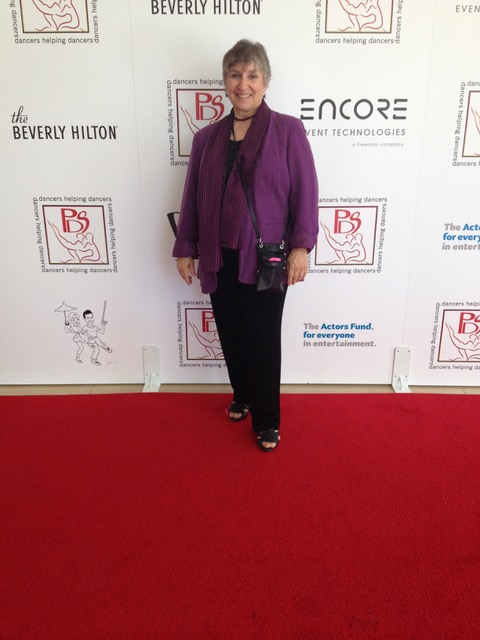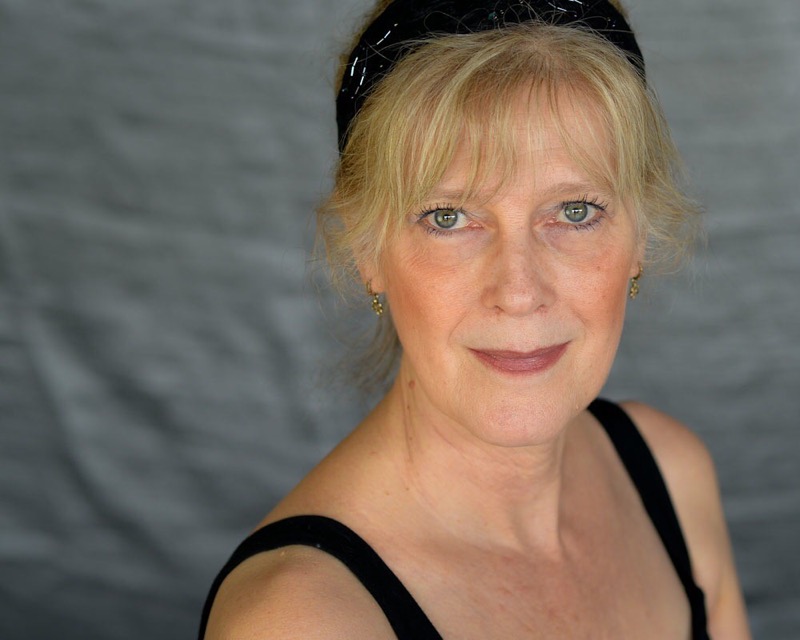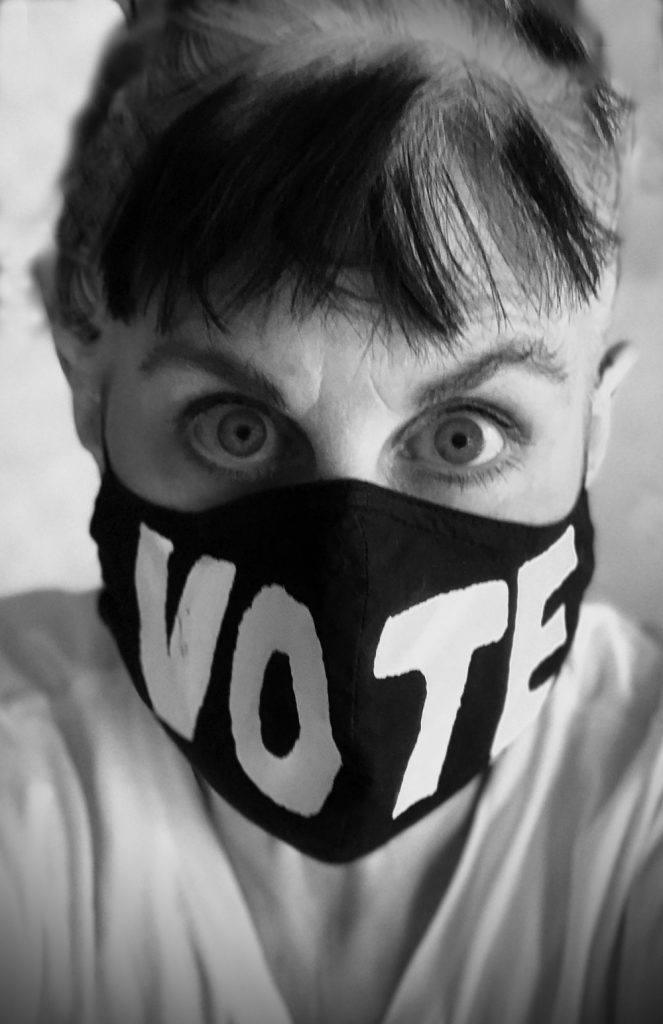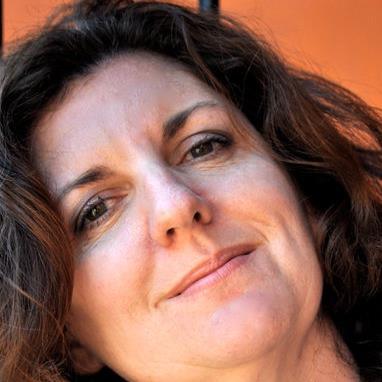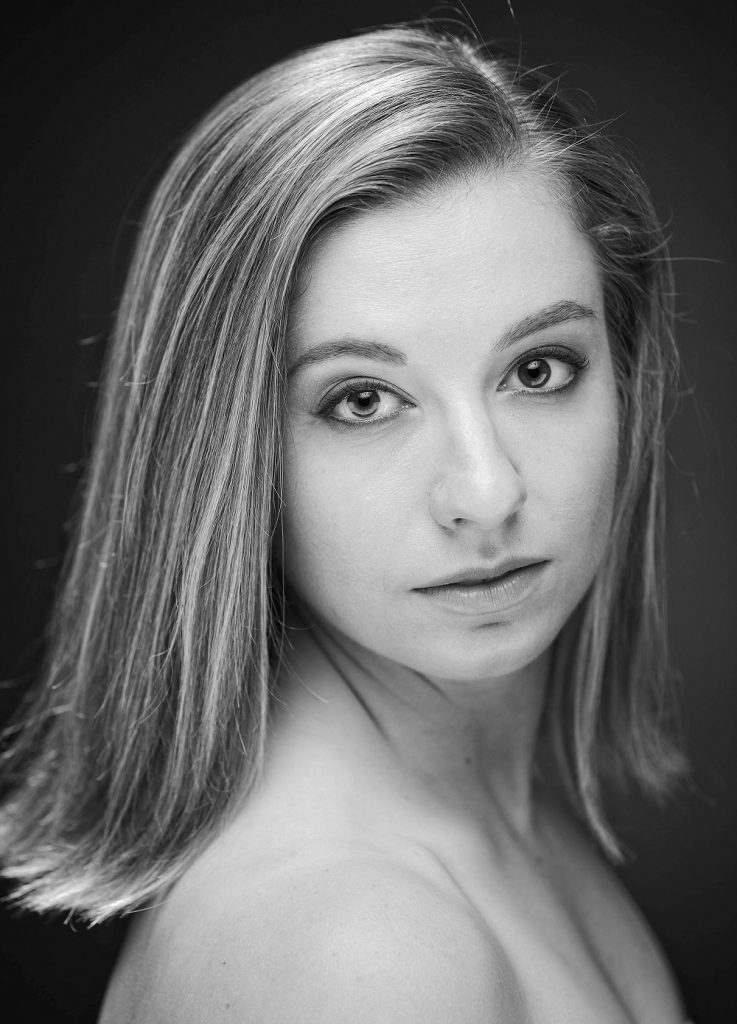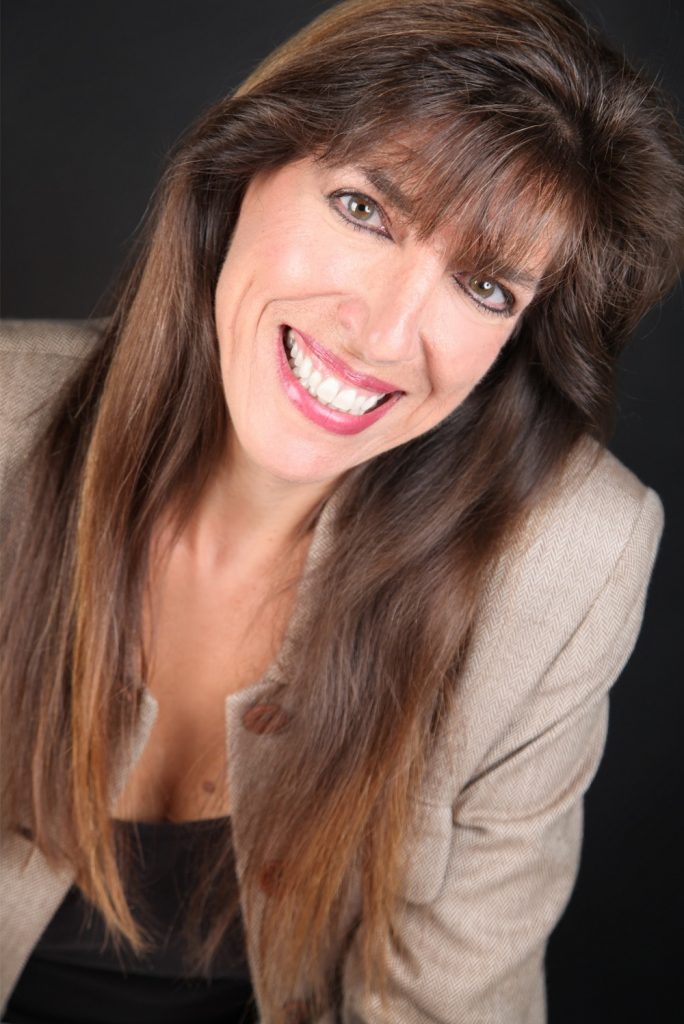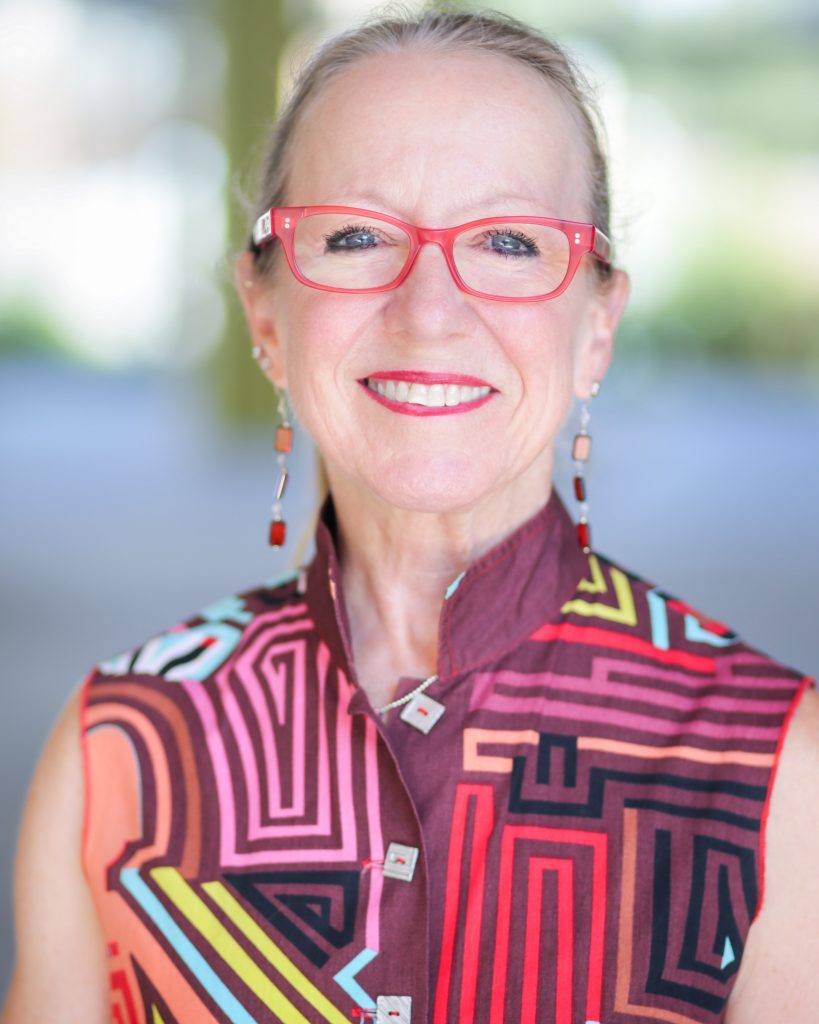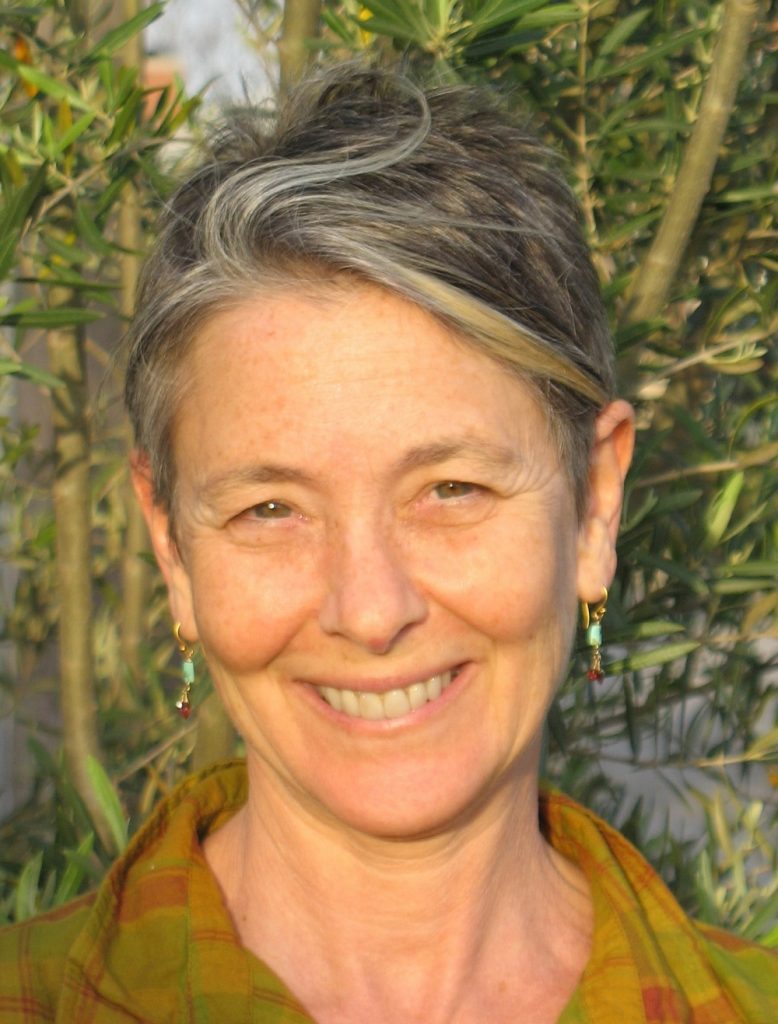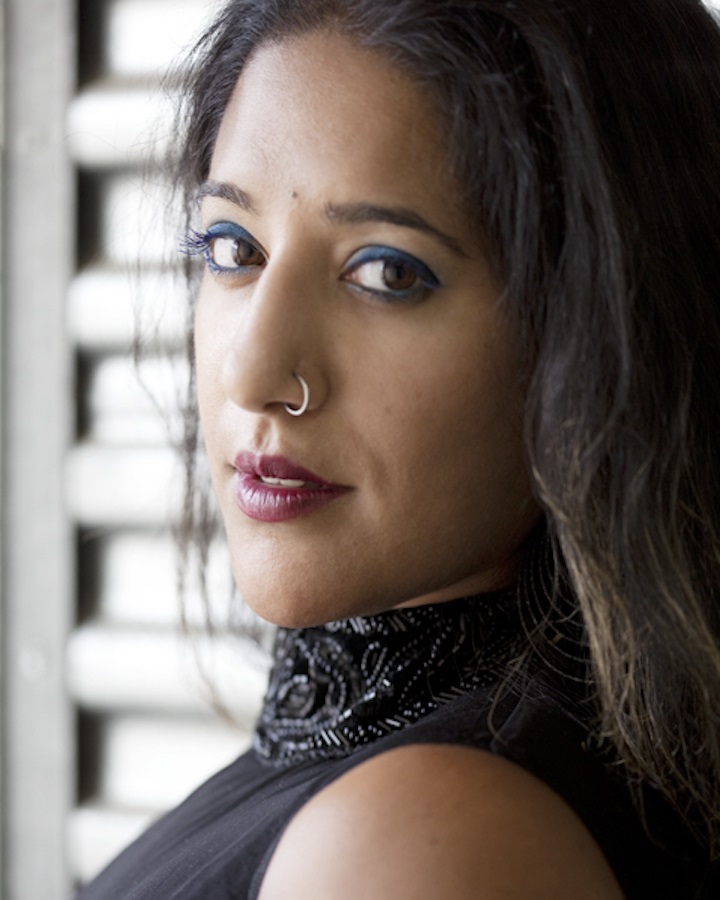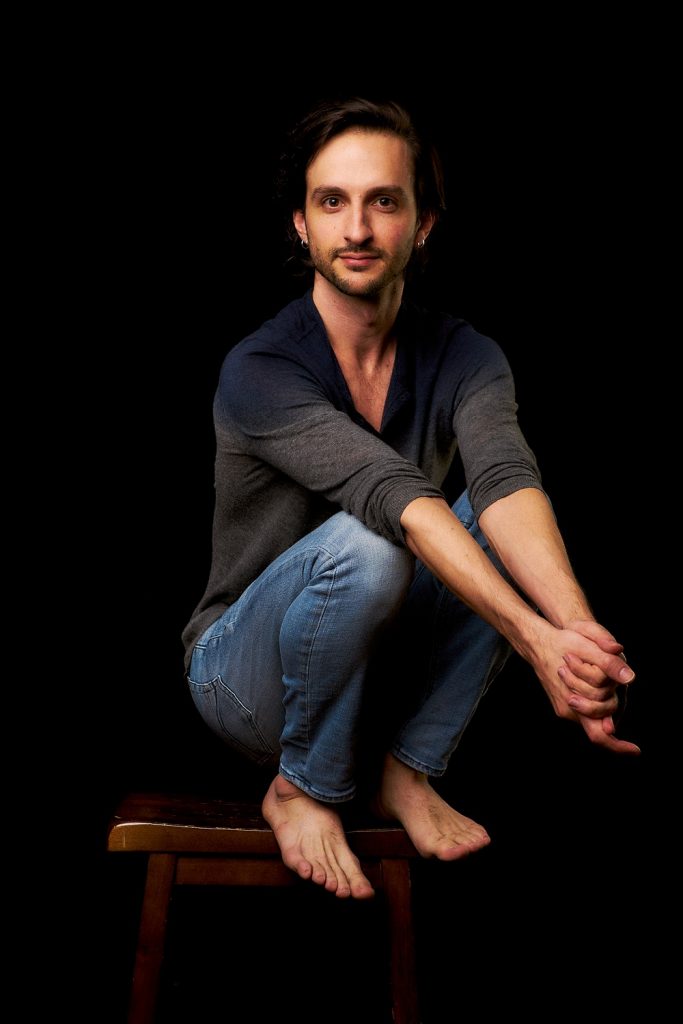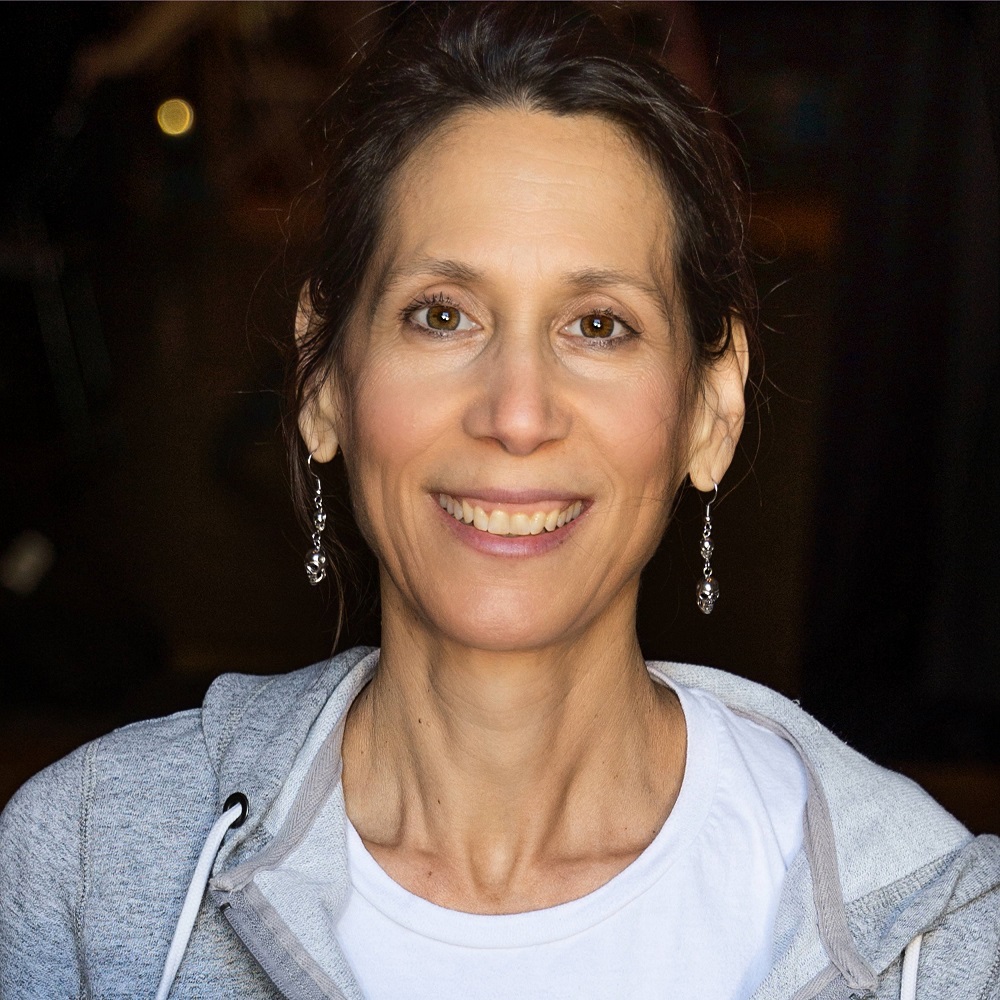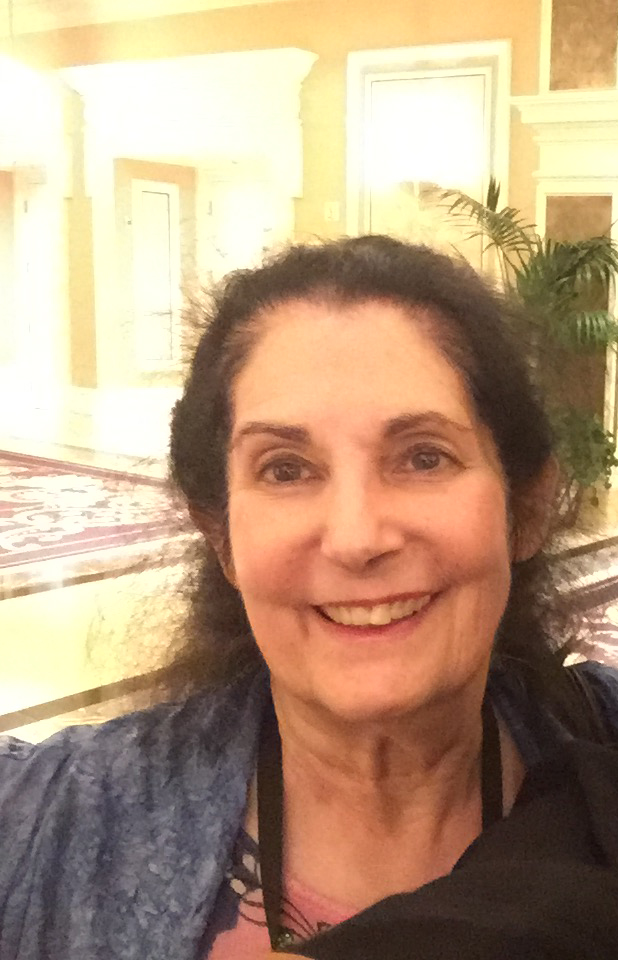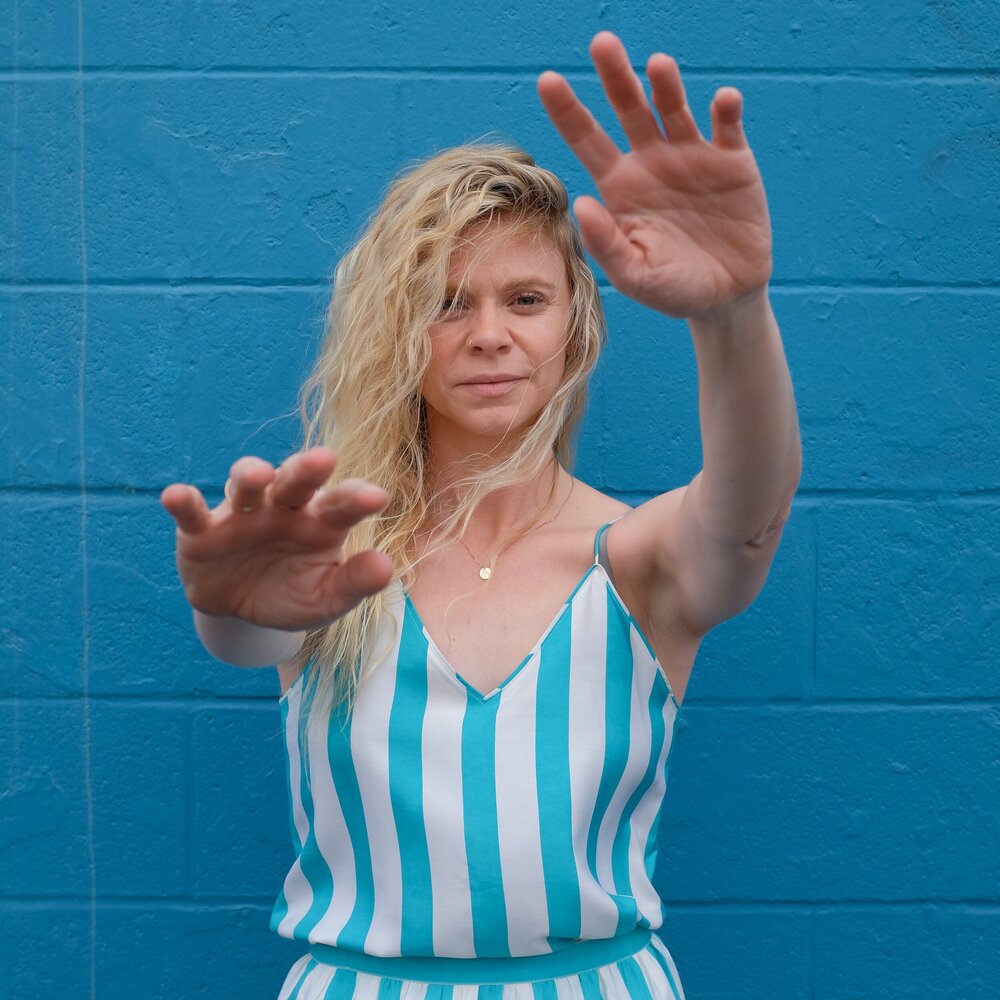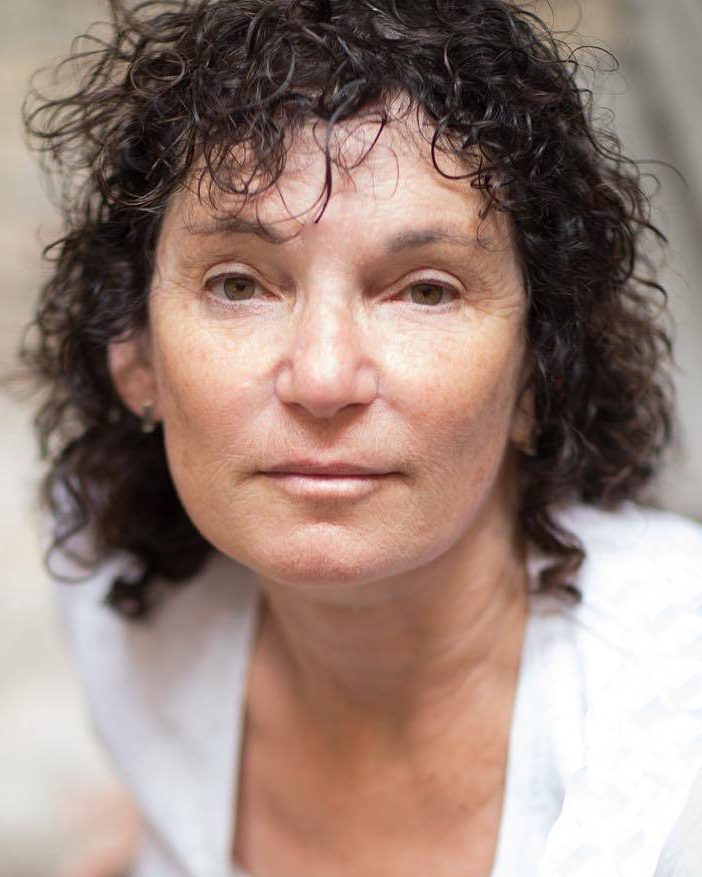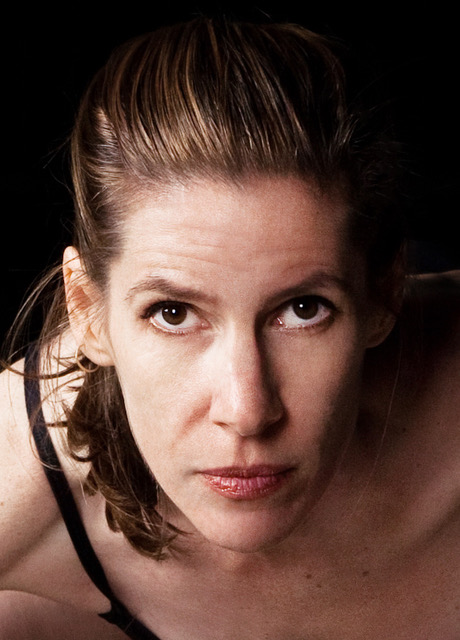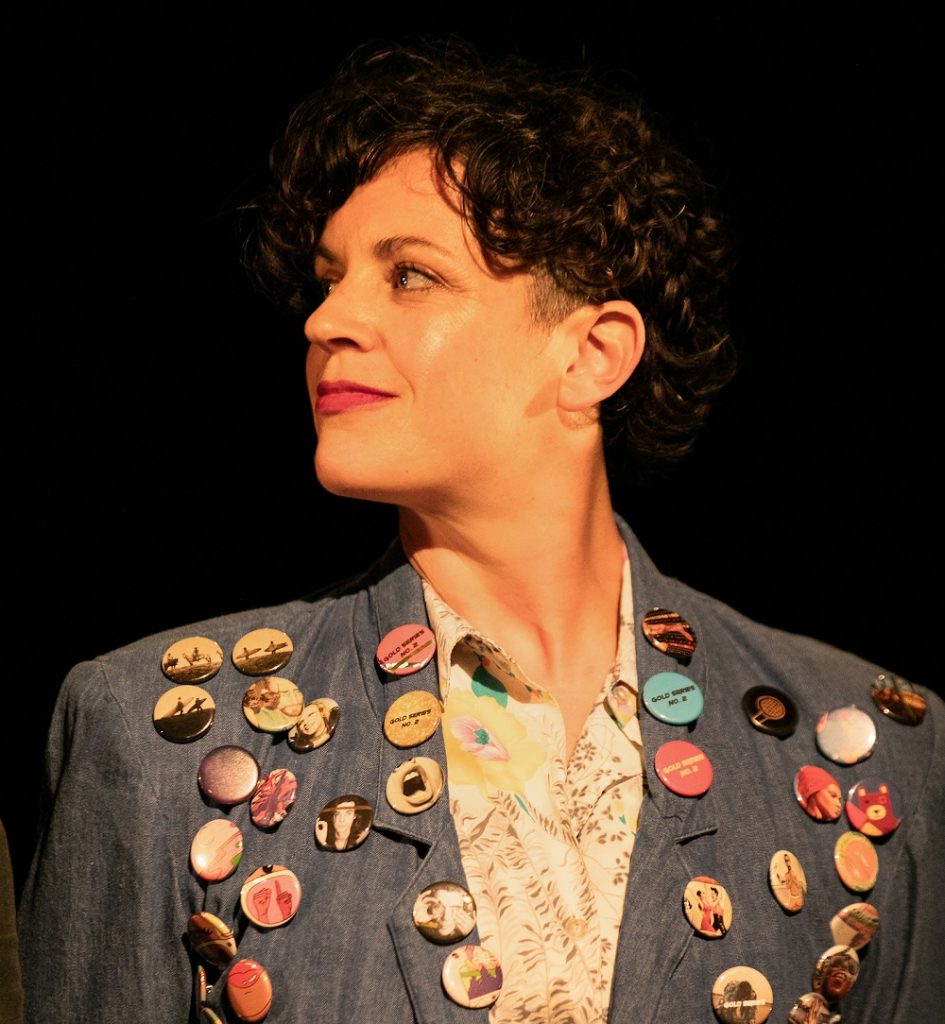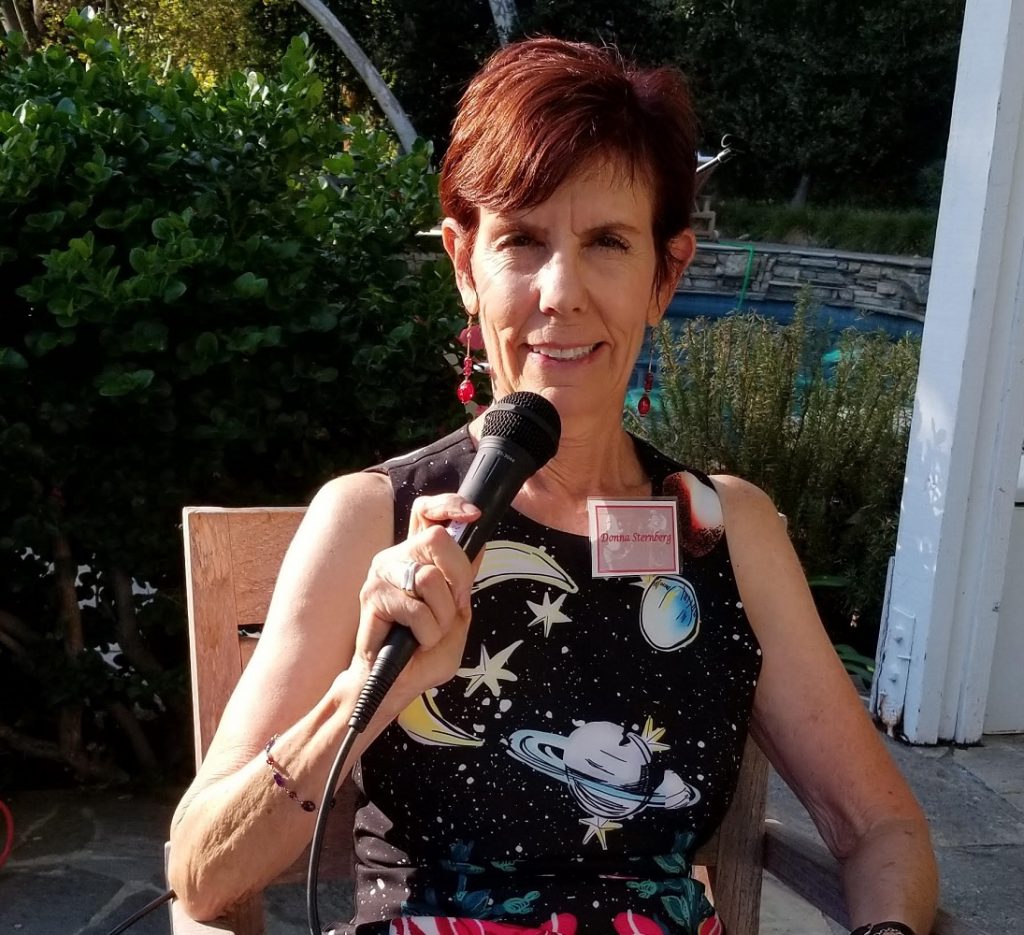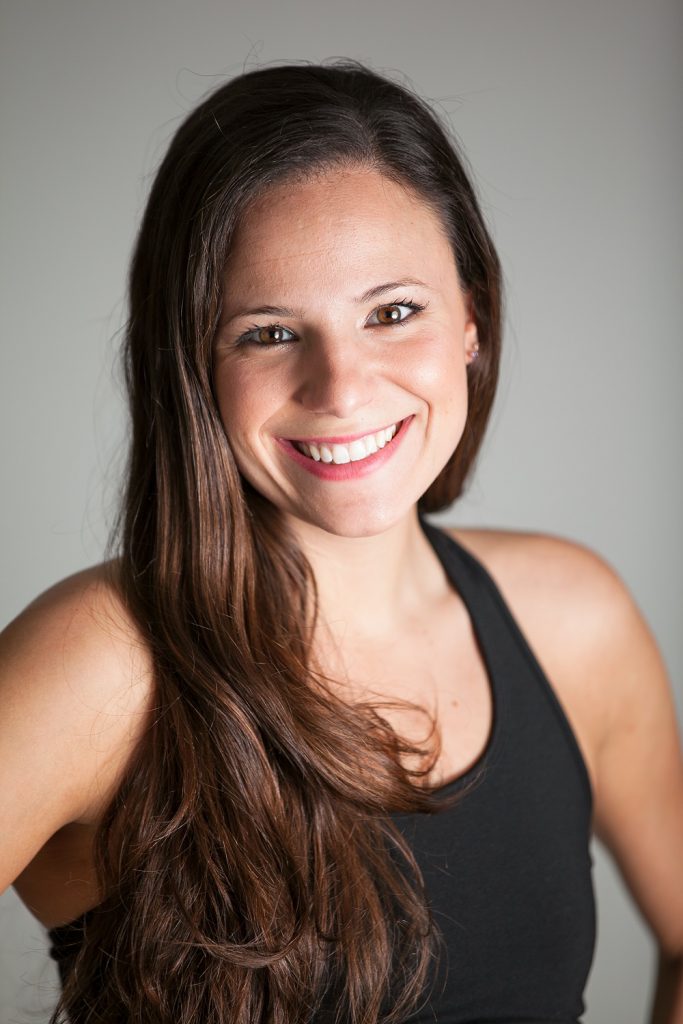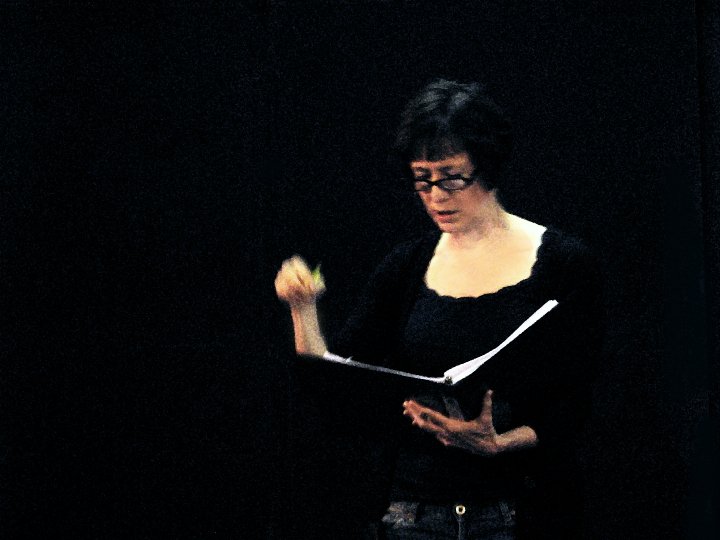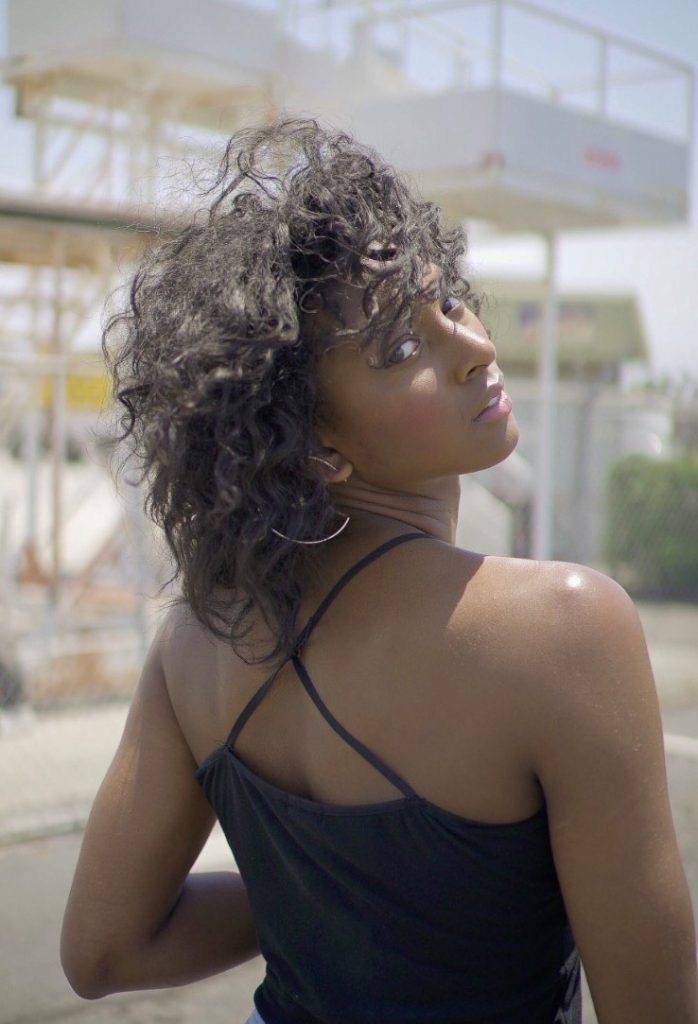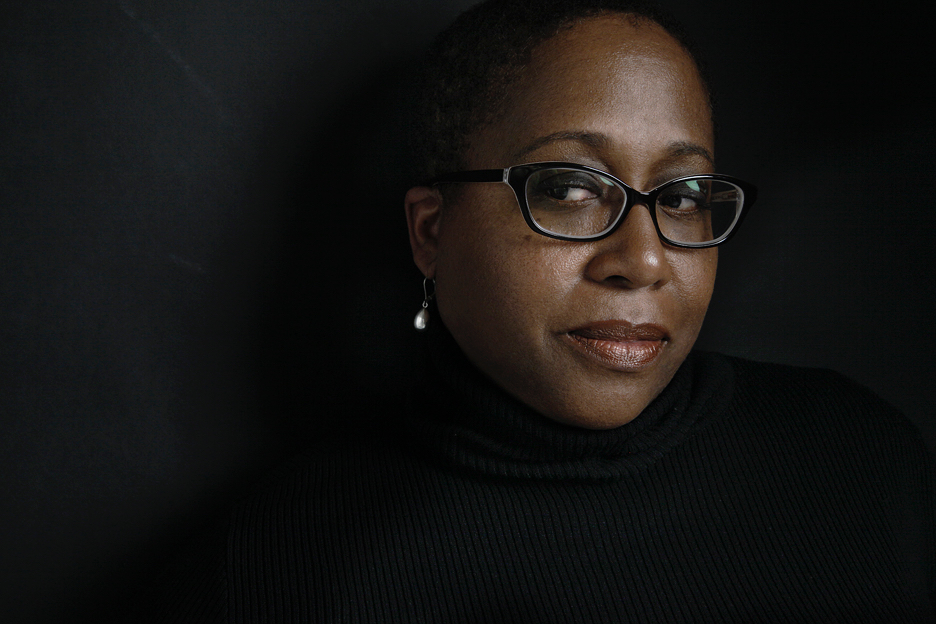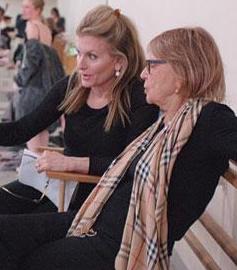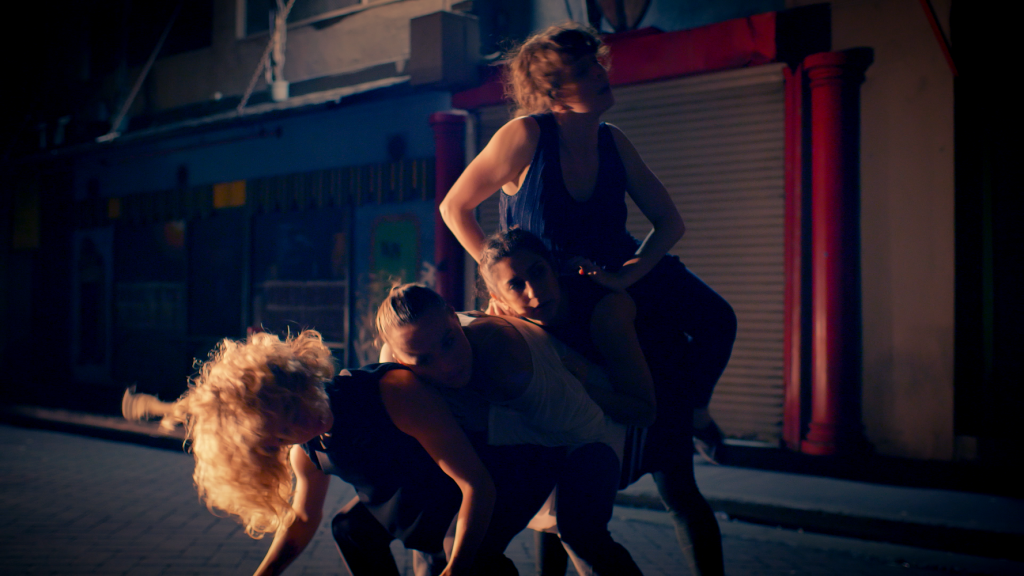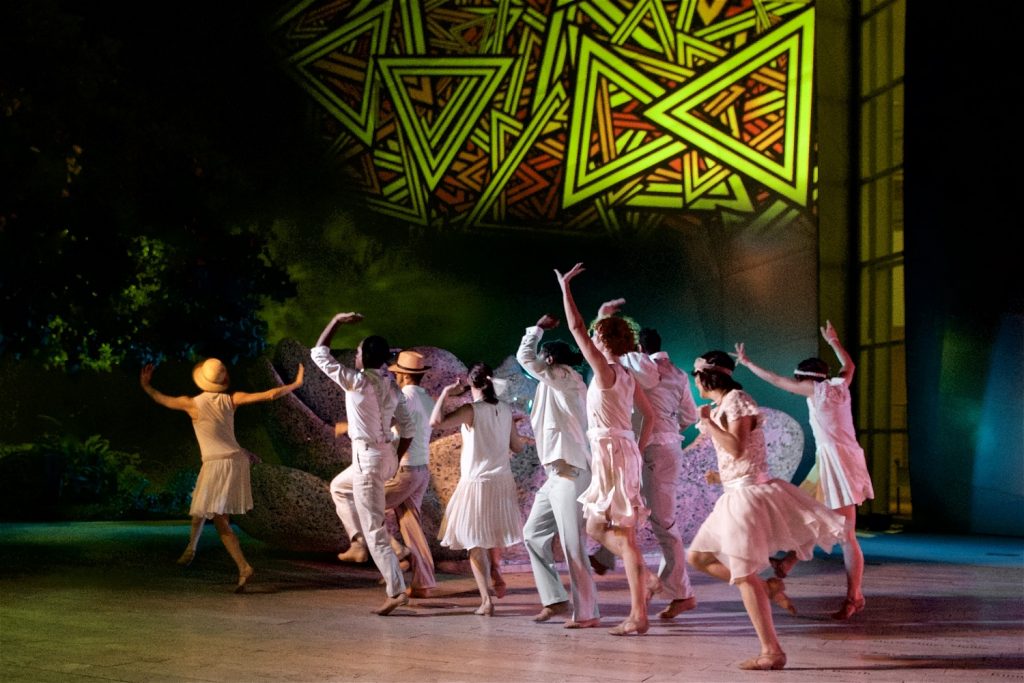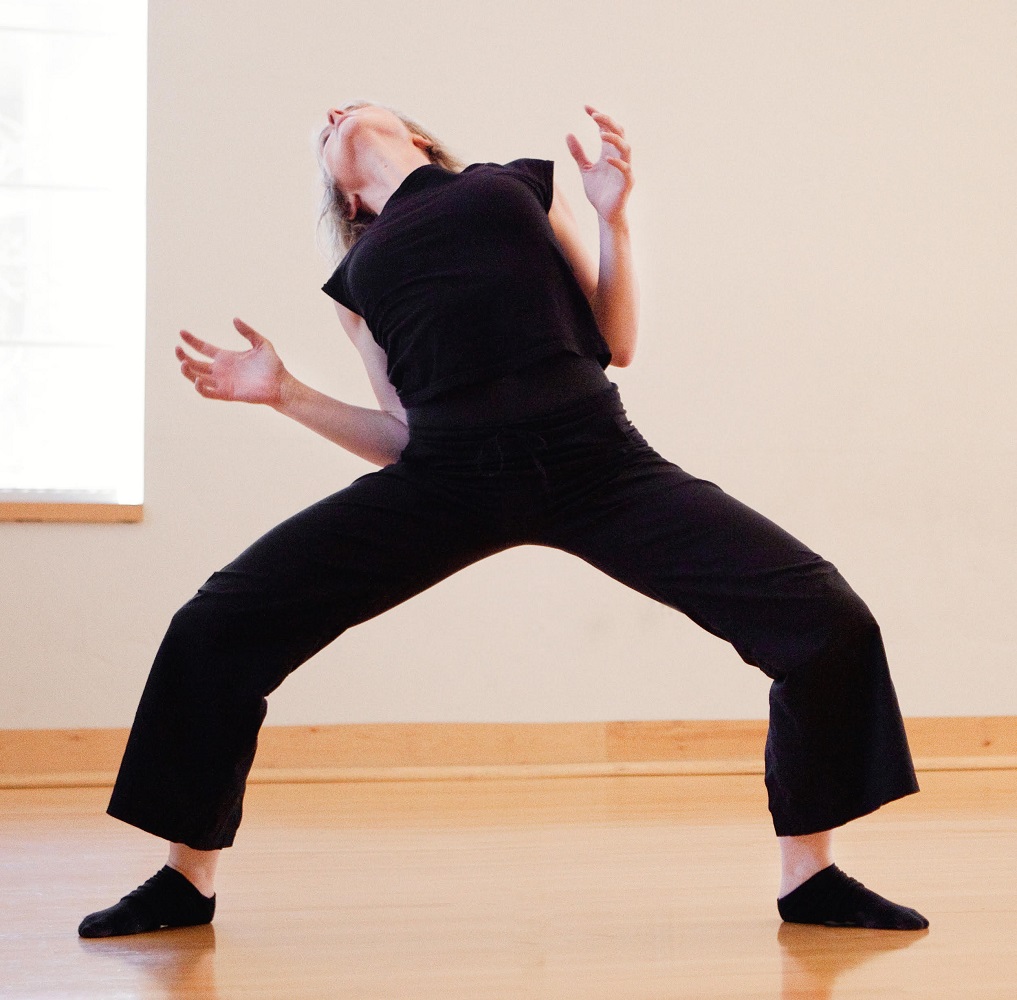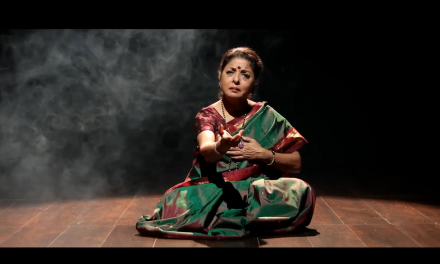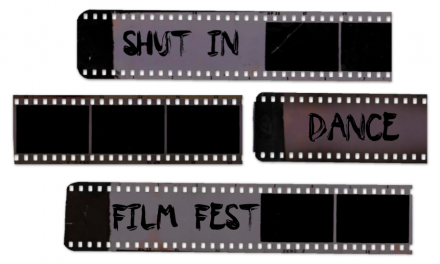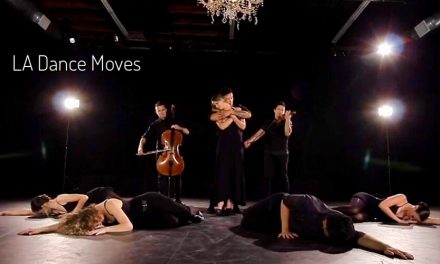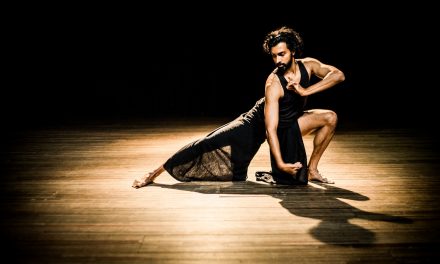My final questions to the dance artists who agreed to take part in this survey were twofold. Dance is as ancient as humankind, so I am certain that it will survive beyond this pandemic, but in what form? I asked the artists to envision what their work might look like post shutdown. Will they continue where they left off or do they think that with all that has transpired in 2020, that the art form might be or should be forever altered. After all, 2020 has been like no other year in the majority of our lifetimes: a president who identifies with despots, a global pandemic, protests around the world for equal justice for all, and the death of Supreme Court Justice Ruth Bader Ginsberg.
Most of us have been primarily sequestered to our homes for over seven months, performance venues have closed, studios have closed – some permanently – jobs and income has been lost and dance has moved online or outside. This does not include the many lives lost to COVID-19, the deadly mismanagement of our government and the ongoing Me Too and Black Lives Matter movements. I, for one, find it difficult to imagine how dance artists’ work could not be forever affected.
Gamson feels that all art is political. “Time to make great new art in amazing new forms. Everybody needs to up their game, and I will hold myself responsible for what I make, put on stage, teach, and support.”
After indicating on paper a long slow sigh, Shilling continued. “I’m going to try and answer this on a smaller scale, as I am reminded of some of the strategies that came up for me in the days after 9/11 when I was living and dancing in New York City. Personally, I find myself going back to my roots and the source of my early dancing and desire to dance. I’m returning to rhythm. I’ve got my wooden board and dusted off my tap shoes. I’m asking myself what I love about dancing (especially when my usual answer has something to do with being in a room full of people dancing together), what my lineage is and my relationship to that lineage through identity, experience, ancestry, circumstances and conditions. I’m giving myself permission to sink in without having to produce something, giving myself time to be altered on a cellular level. I’m reading a lot.”
Shilling added that she wanted to support her future college students who have worked so hard and invested so much in the dismantling racial structures and systems within the academic dance departments in this country. “This has everything to do with how our field is changing and is going to change. As I hold space for them, I am deeply listening.”
With so much that has happened in 2020 with not knowing who around us is infected and after months of being alone with our own thoughts, Sefton knows that everyone’s view of the world, each other and ourselves has been forever changed. “We have all had time to reflect on how damaged our country is and hopefully everyone is working on the realization that this country was built on systemic white supremacy. We can’t help but be changed by this, the protests and isolation, the fear. As artists, it is our calling to reflect our society,” she wrote. “I am so excited for my fellow artists to express their fear, pain, peace, fury, acceptance, realizations and determination in new art works. I have no doubt that this unique time will push us all to reimagine ourselves as artists and push the dance field in new and unimaginable directions.”
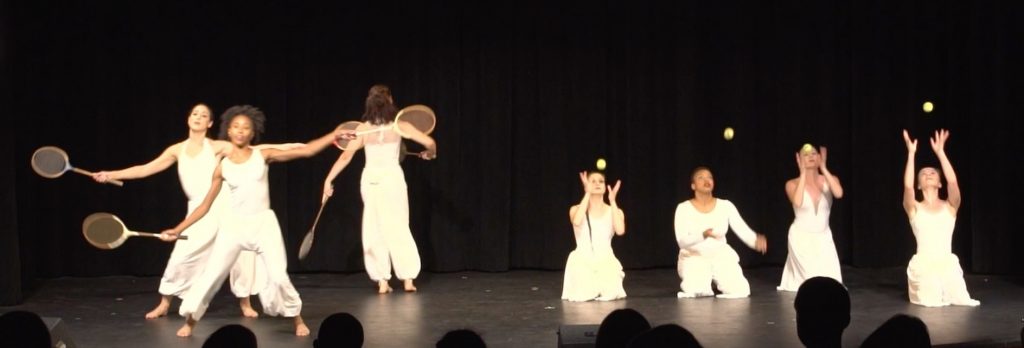
Los Angeles Choreographers & Dancers/Louise Reichlin & Dancers – “Tennis Dances” – Photo courtesy of the company.
Reichlin wrote. “It is hard to make the transition that I might not be able to create live works again, I have created over 100 works, and usually do a new one every year or so, as it takes a few years to finish. So, I am researching, really hard, to at least find a workaround for the time delay in Zoom. Right now, it is impossible to get a group in sync with Zoom, and my favorite thing is groups and space and rhythms, none of which is possible. I have worked in a number of Broadway shows, been in concerts, taught at USC for 30 years, and had a dance company for 40 years, and this is the most difficult time with dance I have had.”
When she and her husband/partner Alfred Desio founded Los Angeles Choreographers & Dancers in 1979, Reichlin confessed that she knew little about the administrative aspects of running a company but she quickly learned. “But the elements are now different- not only for Dance, but for theaters, presenters, especially those of us in Performing Arts.” Reichlin was quick to learn how to put dance online. For many years, she has been one of the organizers for the San Pedro Festival of the Arts and made sure that the dance component of that festival took place online Sept 19 and 20, 2020.
Recognizing that everyone is eager to experience dance in person Stoller wrote, “The connection, energy, and emotion I feel when I am experiencing or creating live performance is something that I used to take somewhat for granted. It is hard to describe in words how much I miss it. I feel a new sense of purpose and responsibility to bring my full self to every rehearsal, to appreciate every moment of the process, and to show up fully for my dancers. I imagine Iris Company will create more film work moving forward, as this is a direction we were already starting to go toward before the pandemic and (it) feels like a safer option for the near future.”
“If we continue for a long time in this quarantined way, it’s hard not to be able to get a group of dancers in close proximity to create group movement,” Roston said. “When will we be able to touch each other? I’m constantly going round and round in my head about how to do this safely; if dancers are outside, masked, wearing gloves – full covered clothing.”
Roston has created and directed a couple of online productions but said that she does not believe this form of presenting dance can endure much longer. “ I know that I, personally, am sick of little boxes. I am certain we all are going to find ways to stretch what we can create online,” she added.
DiVito believes that dance will become a combination of online and live, doubling the exposure of people all around the world. She maintains that by doing this that the opportunities for artists to share their work both live and recorded, will reach far beyond where they imagined their work would be seen. “This will create possibilities,” DiVito wrote. “We will be able to reach all ages, all ethnicities and genders, all tastes. Something that may not communicate to one group may be meaningful to another. It will help develop reputations, critics (which can be a plus or minus) and fans that will expand someone’s audience. It will make filmmakers of artists that often deal only with the art of stagecraft. Archives will be important because we will now have a record of the histories of new inventive art forms. When live theatre comes back, there may be a component of video online for those who might be unable to get to the performance, which could include handicapped, shut ins, etc.…(at a lesser cost, of course). As I see it, it could generate doubled income from those who want the live experience and those who can’t be in New York or Paris to see a performance.”
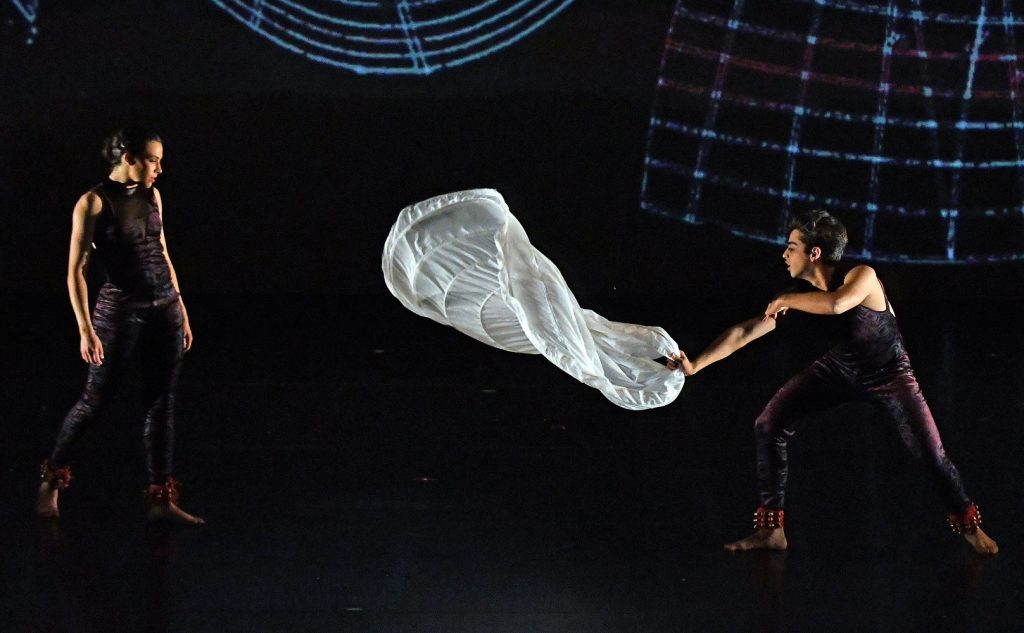
Blue13 Dance Company performing the world premiere of “Terpsichore in Ghungroos, Dear Mr. Khan” by Artistic Director/choreographer Achinta McDaniel – L-R: Jackie Buckmaster-Wright, Jainil Mehth – Photo by Kevin Parry
DiVito pointed out that this archiving of dance works was never done in the 1950s and 1960s when we were at the height of some of this country’s most prolific and brilliant artists who were creating work that forever altered how art is made and viewed. One exception was the Merce Cunningham Dance Company which had archivist David Vaughn and videographer Charles Atlas.
McDaniel also addresses the concept of reaching a larger audience via online concerts and classes. “We will see much more online teaching and new pedagogical methodologies developed for dance from young children to higher education,” she said. “I envision creating more online performances and festivals with global reach, and partnerships and collaborations that would not have been even considered prior to the outbreak.”
Micaela Taylor believes that the dance community, its platforms, and the artists’ voices will only strengthen by this experience. “I’m so excited to continue research and to learn how to better navigate media and technology to have a better reach and connection to people outside of Los Angeles. We found that through our virtual workshop we can see clearly what people desire, it gives a clear glimpse of what works and what doesn’t. It also has helped us solidify who we are as a team.”
In that same area of self-examination and personal growth, Hargraves wrote, “I envision more solos. I am hopeful that the time of introspection creates new choreographic forms that are beyond the presentation of form and technique. It’s a moment for work that is internal, rather than external. It is a time for artists to express who they are personally.”
Lynch is positive that dance will survive and she is just as certain that technology will have its effects on its creators and how dance is presented. “There is nothing like a LIVE performance, but we will likely see much more virtual work and dance for camera. So maybe we can get dance out to many, many more people,” she added.
Her work will not change Doede said, but the way that it is seen may be altered or expanded to include online presentations. “My hope is that as we all explore another avenue to reach out, we remember that there is nothing like live performance. That is a living presence. It cannot be replaced. That does not mean that meaningful connection cannot still be made through other formats. It can, and I hope that artists will endeavor to remain authentic – to take the integrity and dignity of the art form into whatever incarnation it needs to go in order to thrive.”
“I have no idea what dance will look like in the future, or even my work. I find I am thinking a lot about how to make my work relevant without having to necessarily make it political,” Sternberg wrote. “What does that mean now? I can’t answer that question. However, I think that if I keep digging within myself to find what is important to me and to reaffirm what my core values are, that will guide my future work.”
Sternberg agrees, however, that artists must try and find a better avenue to present dance and to pay their dancers what they are worth. She also wants to create a way for dance to be more accessible to those who are financially unable to pay the ticket prices that the majority of theaters charge. “We have to find ways to reach into communities in ways that speak to them through our art form. If I can’t afford to see all the dance that I want to, and I am passionately interested in seeing, how or why will someone who has even fewer financial resources than me make an effort to see it? We’re ultimately living in an unsustainable system for the arts, but I don’t know what the solution is,” she wrote.
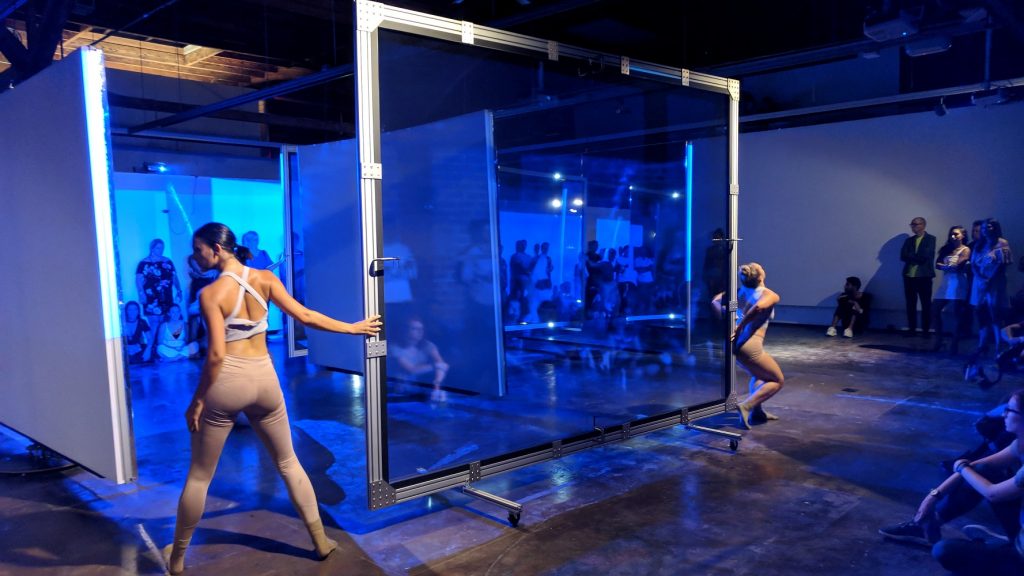
MashUp Contemporary Dance Company – Expansiveness: Changing Perspective – Photo: Roger Martin Holman for LA Dance Chronicle
“I have inquired as to the creation of a parking lot drive-in stage for dance, which can be replicated,” Helle said. “This will allow for safe physical distancing for the audience in their cars, and somehow perhaps the dancers can quarantine together once they’ve all tested negative for the duration of the rehearsal period. This is complicated; no one wants to die because of a lack of precaution.”
Warner said that if she were asked to workshop a piece on this subject she would offer this advice. “I believe the politics of today along with this forced withdrawal would figure into the work. I would definitely develop something with written word and movement, I would tell a story.”
Because our situations are shifting daily, Pat Taylor is not sure that she has a clear vision of how dance will look in the future or what, if any, effect this time will have on her own creative process. “Foremost for me is that our intent, integrity, mission, passion, vision, philosophical grounding and aesthetic will remain at the forefront whatever the future holds,” she said.
“I assume one day we are going to be okay – we will always be careful,” Lavac wrote. “Yet, we will come out of this! We will always be performing — how could we stop?” She mused that when all is said and done this period will feel like a small ripple in time. “I have faith that the world – that the arts – will make it through this. Frankly, the arts is what is going to keep people’s hopes and dreams alive. I believe the arts are going to matter even more to our society at large. I think they will be appreciated even more after this is all over.”
The pandemic has already altered how and where teachers give instruction. With this in mind, Purtill wrote. “I will look to a hybrid model of classes: limited size classes, Zoom classes, and possibly streaming if I can get the tech happening at the studios where I rent space. For my company I would LOVE to do some outdoor performing since the theaters will not be open for at least another year.
As for the immediate future? Marks said that she was going DIY – do it yourself – by making dances for her backyard and neighborhood. “I want to make a dance for people and trees,” she said.
Brodie also wants to create and perform dances outside as an introduction to getting back into the theaters. “But I know that the community of varied audiences has learned that they have to adapt to learning movement from video and Zoom. It is sometimes hard to see details and learn to explain better through words what you are teaching, “ Brodie said.
***********************
Every company, every artist and every dancer has different financial situations and therefore their immediate needs are different. I put this question to the artists.
“We need to get back into the studio to finish up work, create new work, and clean up now quite rusty rep work!” Bike said.
“Rent for the studio,” Brockus said. “Peace of mind so I can think to get my rebranding content created.” The receiving of a recent Covid related grant has, temporarily at least, given Brockus some of that much needed financial support to free her mind space for creative thoughts to blossom.
“To be in contact and in relationship with colleagues, friends and family,” Marks wrote.
Hargraves desires. “A staff. :-)”
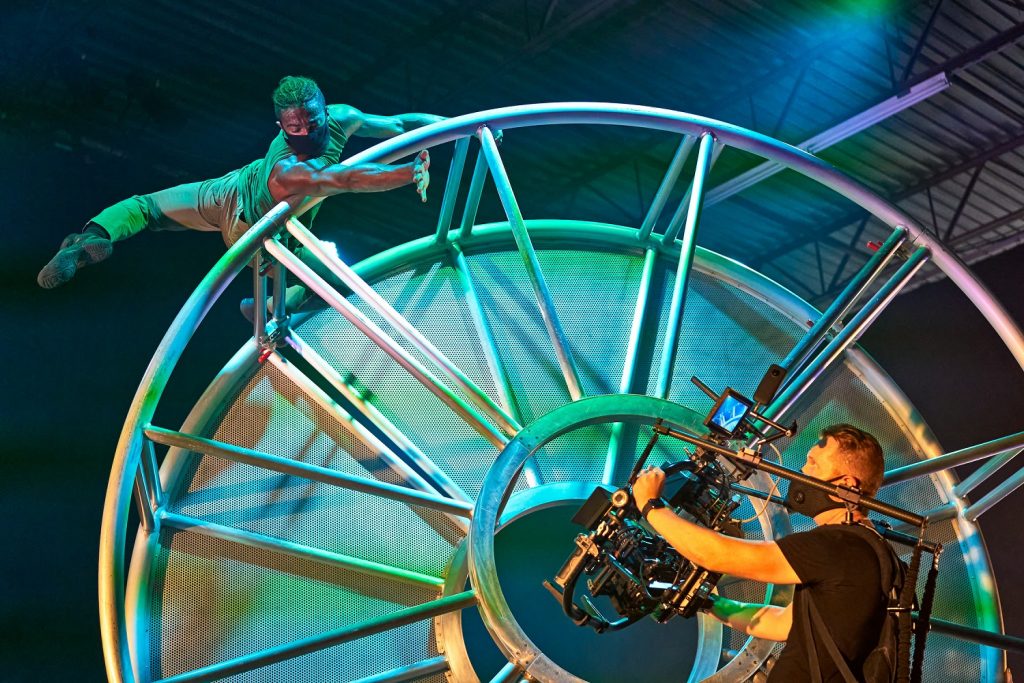
DIAVOLO – “This Is Me: Letters From the Front Lines” in production – Performer Derion Loman, Co-Director and Cinematographer Aaron Mendez – Photo by George Simian
It is always about fundraising! When is the next gig, paycheck, or grant funding?
“FUNDING! FUNDING!” Clegg wrote. “We had no idea this would last this long. We need to find a way to make it through this until the world is back to “normal.”
“I personally need to get more tech savvy, that I can participate creatively,” stated Lynch. “My NCI project will be on hold for a year, but we are doing a virtual look into the 16 years of archives, to keep people aware that we’ll be back in 2021!”
“Money, rehearsal space,” Writes Sternberg.
Micaela Taylor said, “Right now, we are planning to live stream all of our classes through our website and hoping to raise money through donations to provide income and jobs for more artists during this time.”
“Our immediate needs are always financial.” Pat Taylor stated.
McDaniel also needs funding “for online projects, collaborations, performances; Unrestricted Funding for salaries, operations, and a dance-only fund for Los Angeles.” Currently there is no such local or state funding organization that has been created just for dance; something that is true in other cities and states.
For the present and future challenges of teaching and/or performing virtually, Purtill said that she needs access to better technology. “Seriously, without being able to get into the studio to teach or rehearse, creating a better home studio environment to allow me to connect with my students and dancers is my immediate need,” she said.
Harris stated that she also need to find other funding opportunities to help pay her dancers, and “Funding opportunities to help myself!”
“For my UI (Unemployment Insurance) payments to come in finally,” said Helle. “I qualified from March, received my EDD (Employment Development Department, State of California) card and an amount to be distributed to me, but have yet to receive a cent.”
Along those same lines Brodie wrote. “I think I need some more technology to connect to wide screen TV monitor for seeing more people and correcting, etc. So, training and more tech support is always needed.”
I would say, getting more technical training…expanding knowledge of how to come into the 21st century,” DiVito answered. “Of course, making sure I have enough of an income to be able to stave off the fears of being homeless. A place and space for rehearsals, equipment. A way to seed new ideas.
Reichlin said that we all need a government that will let us get back into the studios again and for Zoom to upgrade its technology to allow for “synchronizing in real time space, music, timing as we need it for our teaching residencies also, and our interactive educational performance. An air conditioner (my home has old electricity),” she said.
“We are part way through the process of creating N A R C I S S U S, and some sources of funding fell through at the beginning of the pandemic,” Stoller explained. “We currently have enough funding to complete a version of the work at a smaller scale, but I am hopeful that we will be able to raise more money to develop the full vision for the show. At this point, I am unsure where that funding will come from. I know so many companies are in a similar position.”
“Credible visibility, wrote Doede. “The virtual community is flooded with content right now. I’ll admit, I’ve been reduced to watching sailing on YouTube. We need to be able to be seen as a company with a mission and a message. We don’t have camera crews, clout like ABT, money to produce stunning short dance films (which I love, by the way) but we are still incredibly necessary.” Doede strongly believes that the LA dance community has voices worth being heard.
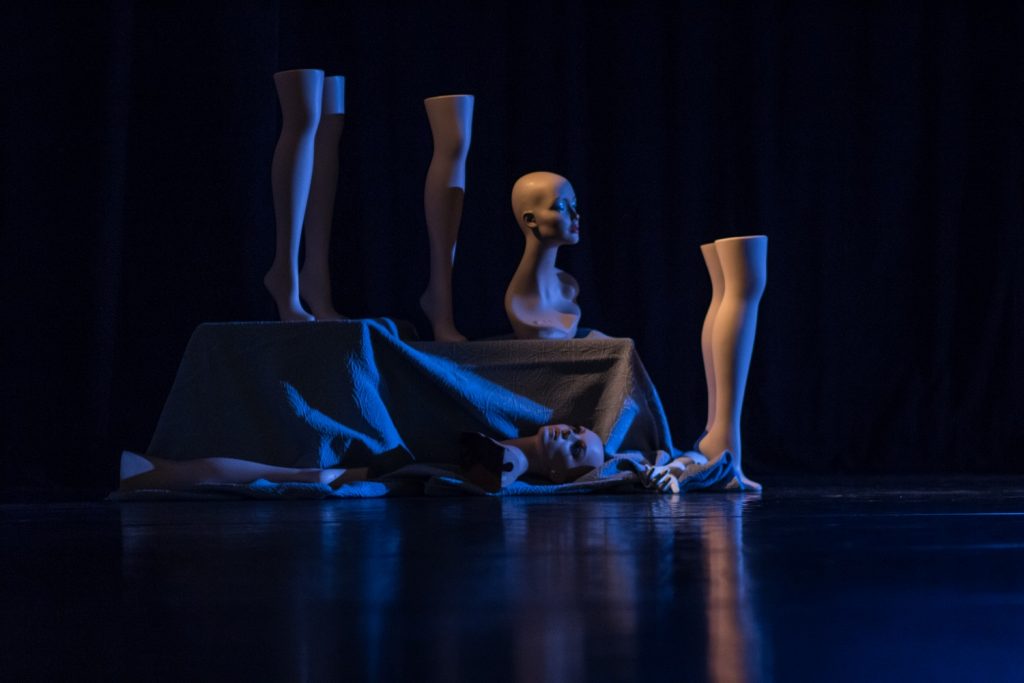
Nancy Evans Dance Theatre -” Are These The Legs You Are Looking For?” by Nancy Doede – Photo by Shana Skelton
On a very personal note, Shilling said that her housing situation is changing, causing her to seek financial support and possibly a new place to live. “I need funding to complete and print the Nothing There There (Topography) ‘zine along with support for its distribution. I will also need funding for a film adaptation of the work slated for fall 2020.” She hopes to speak with presenters and organization regarding these plans and when and how she will be able to bring her cast together. “I want to know, how are presenters envisioning their future? How can artists be part of that conversation, since our re-envisioned practices will have everything to do with how works are presented.”
Shilling also stated her desire to see the continuation of diversity in work that receives support and is shown in the future. She expressed the need to see a greater representation amongst presenters and in leadership positions in the arts. “I need to see American regime change and support for the arts and arts in education to return tenfold!! I need to see educators valued and appropriately compensated in America,” she said.
Gamson needs everyone to Vote! “Everybody who said there’s no difference between Hillary and Trump needs to vote this malevolent narcissist out of power, because if it’s not a landslide we will have 4 more years of this shit.”
“So many dancers and choreographers are much less fortunate than I am right now,” writes Sefton. “I want them all to know that there are classes online out there for them and that we will get through this.” As far as her personal needs, Sefton wrote that she needs “email addresses of professional dance companies in Los Angeles outside of the contemporary field that we can connect with and support in the future. I am still looking to hire 3 exceptional dancers for my new project premiering in the fall.”
Everyone at LA Dance Chronicle wanted to know if there was something beyond writing articles and reviews that we could do to help the dance community get through this time. Many said to continue doing what we are doing to help get the word out about what they and other dancers around the world are continuing to do.
“I think the best way for LADC to help would be as the Dance Communicator for resources, calendars of performances, creating a good standard for the quality of performances, a uniting entity to embrace and expose dance to a hungry audience.” DiVito suggested.
Several others suggested an online events calendar. LA Dance Chronicle took this suggestion seriously and our co-founder and IT guru Martin Holman is in the process of creating such a calendar.
Here are just a few of the other comments on this subject:
Leigh Purtill: “I have really enjoyed reading about what other companies are doing. I think it’s helpful to see the innovations we are all trying, whether they work or not.”
Louise Reichlin: “Join us asking the state not to demand we use employees instead of independent contractors, or to give us grants and technical assistance for that type of payroll if we have to switch. Vote in November. Support local dance.”
Kelly Hargraves: “I find it so very hard to keep up with the endless online content that LA Dance Chronicle is essential! The dance listings and highlights keep me connected to the amount of work I am missing and miss.”
Nannette Brodie: “Maybe, if you could list devices or methods that could help people use their video sources better. Even a list of people that we could call on for advice on this.”
Sophia Stoller: “I am grateful to LA Dance Chronicle for being a hub of information and communication for the LA dance community.”
Janet Roston: “Reading your weekly articles has been so wonderful. It has made me feel in touch with other artists, it’s so important to still feel connected. Thank you so much for your dedication to the LA Dance Community!”
Allegra Clegg: “Getting the word out about our fundraising efforts is crucial as we don’t want to turn any kids away in the fall.”
Nancy Evans Doede: “By doing what you are doing – bringing to light what is working in the darkness. Just having you ask these kinds of questions lets us know that somebody cares about us and our work, which is also gratifying. Thank you.”
Judith FLEX Helle: “If L A Dance Chronicle can bring the dire straits of the LA dance community to the attention of the City, County, State, and donors that rapid help is needed that would be great. If not, it won’t just be Nutcracker missing from 2020.”
Achinta McDaniel: “La Dance Chronicle can help by really getting the message out to the non-dance community, legislators, funders that we are suffering and our dancers are filled with fear and hopelessness. We have wonderful ideas brewing but realistically, nothing can get done, and we cannot eat or feed our dancers without funding. It is time for everyone to respect dance as an industry and integral to our society, and to stop treating us as if we don’t deserve relief like all other professions.”
Shenandoah Harris: “Perhaps the LA Dance Chronicle could begin to explore and discuss the future of LA dance and dance artists in regard to the political landscape of our country.”
Deborah Brockus: “KEEEP GOING! I love how you guys are still there still telling the story of dance In LA. Dance is so underrepresented and is such a primitive yet enlightened creative expression of the human soul. I think we struggle because the essence of dance is so hard to put into words or capture on film, it must be physically felt to understand the uplifting impact”
Alexx Shilling: “I would love to hear any ideas that this survey sparked for you! Have you considered printing more writing by artists about their processes during the pandemic? Since there is so much happening that we cannot readily see, this feels important right now.”
In answer to Shilling’s question, earlier this year we reached out to artists and asked them to share their stories. We began a series titled Stories From the Inside but it fizzled out due to lack of contributions. The offer is still open! jeff@ladancechronicle.com
Since beginning this series: Laurie Sefton presented BREATHE – A Drive-In Dance Event at LA’s Farmers Market on October 2, 2020. Westside Ballet will present Grace and Grit – Dance In the Time of Covid – Drive-In Film Event for Arts Advocacy in the east parking lot of Santa Monica College on October 9 – 10, 2020, and Los Angeles Dance Project had scheduled a similar event but postponed due to LA’s poor air quality following the nearby fires.
Benita Bike DanceArt has resumed in-person rehearsals while wearing masks and practicing safe distancing. She said that it “Feels great!”
After 13 annual San Pedro Arts Festivals, Louise Reichlin has produced her first Virtual festival with 19 dances, 17 dance companies, and 5 New Works. Program Two of the festival featured works done during the Pandemic, one being Alone 2020 built and reimagined from the suite Urban and Tribal Dances that was cancelled in July. “When I look at this new version of Alone,” Reichlin said, “I see a piece where even though we are each experiencing a very alone moment, this has been happening since the beginning of time, and perhaps, on a more hopeful note, we are still connected always to each other.” Alone 2020 will be included on the upcoming LA Dance Festival 2020.
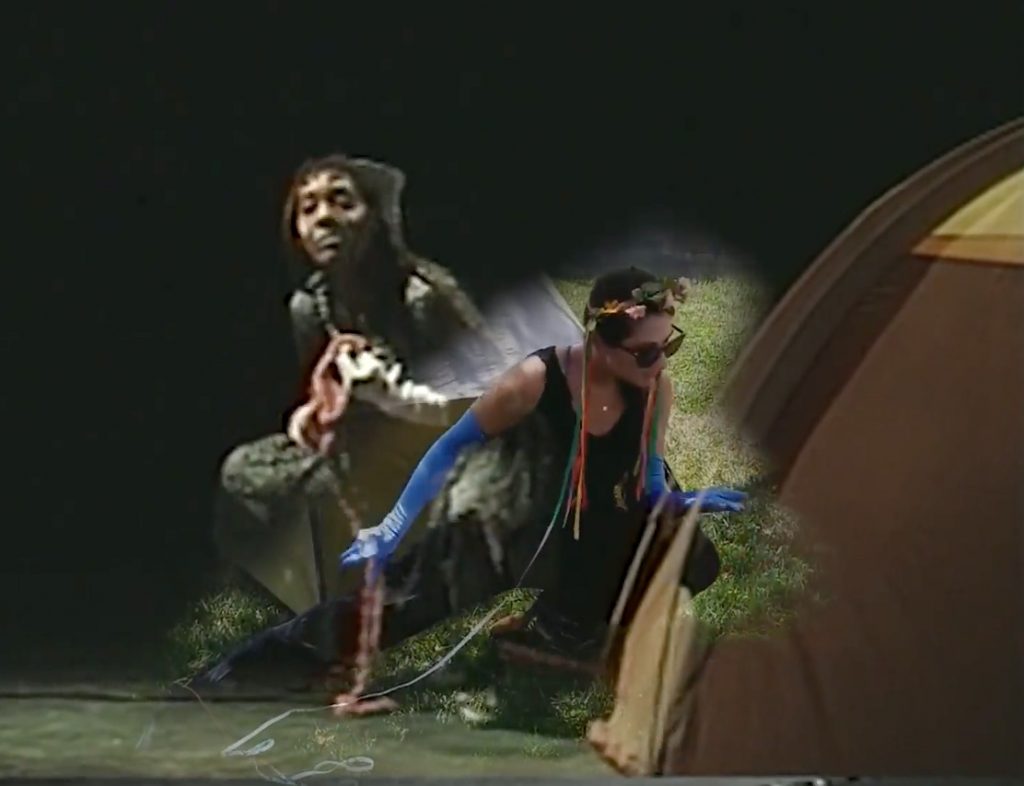
“Alone 2020” choreography by Louise Reichlin – Los Angeles Dancers and Choreographers – Photo courtesy of the artist.
The 8th Annual LA Dance Festival began on October 2, 2020 with all virtual performances, classes and workshops. The festival is scheduled October 2-25, 2020. More information HERE.
The Music Center and LA Phil have been designated as voting centers October 24 – November 2, 2020. More information HERE. The Music Center Offstage launched a series titled For The Love of LA which features six local dance companies, and REDCAT will present its NOW Festival online this fall.
Los Angeles Contemporary Dance Company has streamed two dance films, Blinding Lights and Blink. Iris Company shared its film Screaming Shapes and Versa-Style Dance Company its film called Playground.
In partnership with The Soraya, DIAVOLO/Architecture in Motion aired This is Me: Letters From the Front Lines and Curious Minds LA teamed up with MashUp Contemporary Dance Company to present the virtual restaging of Expansiveness: Changing Perspective.
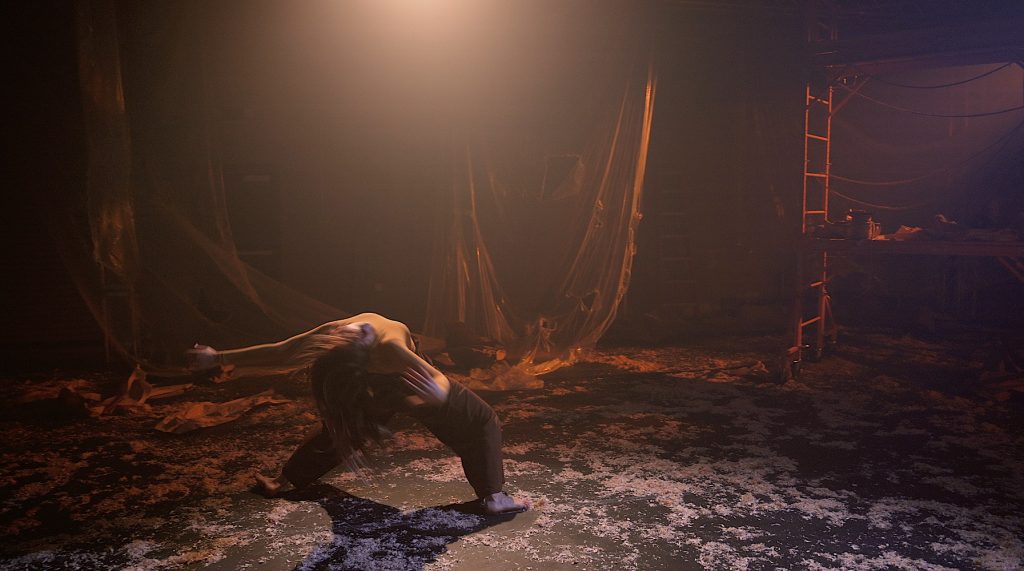
Tess Hewlett in “Blinding Lights” a film by LA Contemporary Dance Company and Vitamin String Quartet – Still courtesy of LACDC
There were more dance films created and streamed online around the country. In New York The Dance Rising Collective, a new collective of artists and administrators created in partnership with Kinesis Project dance theatre, The Field as fiscal sponsor and advised by Lucy Sexton of New Yorkers for Culture & Arts, presented Dance Rising: NYC, a hyper-local dance out across all five boroughs October 1 and 3. NYC professional dancers took to the parks, windows, streets, and rooftops to dance, focusing public attention on an industry that remains largely on pause due to COVID.
If it was not clear by reading this six-part series, let me reiterate, Dance is alive and trying to stay well in Los Angeles and the artists involved continue to create. Many of them have become aware that they need to make work that focuses directly to the social unrest taking place around the world, not just here in LA. The COVID-19 pandemic forced all of us to look inward, to take a good look at who we are as a people and what we want to do with these new-found intentions. 2020 has been like no other year in my lifetime, and artists have heard the call to respond.
Does art reflect life? Is art a method of protest? Can it reflect social issues and still entertain? Martha Graham said, “Dance is the hidden language of the soul” and that “The only sin is mediocrity.”
Robert Frost is quoted in Lawrence Thompson book Fire and Ice: The art and Thoughts of Robert Frost as saying, “To me the thing that art does for life is to clean it – to strip it to form”.
“I don’t think art is elite or mysterious. I don’t think anybody can separate art from politics. The intention to separate art from politics is itself a very political intention.” – Ai Weiwei (1957-), Chinese artist, “Shame on Me,” in Der Spiegel, November 21, 2011.
I will leave it to you, the reader, to define art as you see it.
Many thanks go out to all the artists who took time out of their busy lives to participate in this series. Once we get past this shutdown and in-person performances begin anew, I will again be reaching out to the LA Dance Community to see what is happening, what has changed and what their futures look like. I long for that time to come so that we can once again sit in a theater, large or small, see the lights go out and watch the magic unfold onstage – to communally observe art created and shared from the imaginations, hearts and souls of thoughtful, reflective and caring choreographers, their dancers, and all the artists they collaborate with to bring us joy.
Parts I through V of The Effects of the Pandemic on Dance in LA can be found at LA Dance Chronicle under the heading Articles in the top panel.
Written by Jeff Slayton for LA Dance Chronicle.
Featured image: New growth – Photo from the web.


